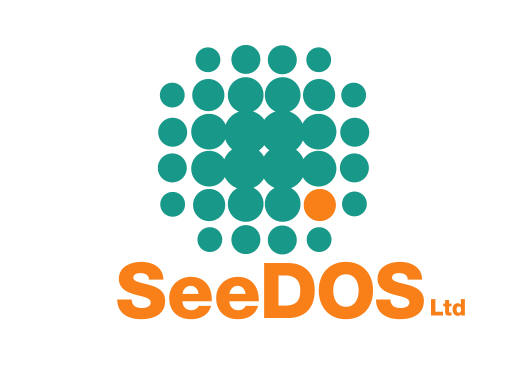|
|
|
||
 |
|||
|
|
|
|
|
|
|
|||
|
|
|
|
|
|
|---|
| |||||||||||||||||||
|
Frequently Asked Questions on PIPSpro What is PIPSpro? PIPSpro (Portal Image Processing System - professional version) was specially developed to display and analyze portal verification films and electronic portal images. PIPSpro is also useful for image processing in radiology, nuclear medicine, dentistry, and other imaging applications. Some important applications are:
|